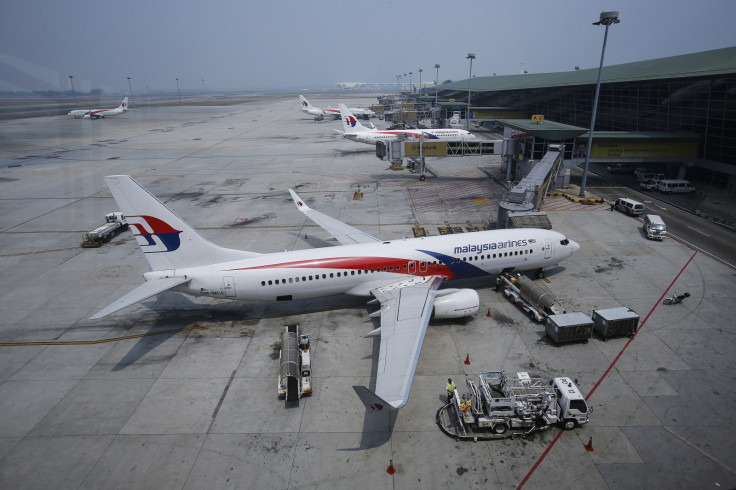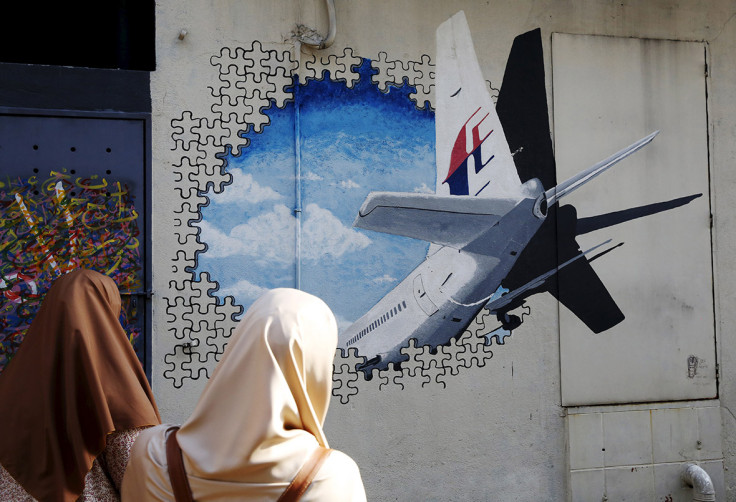MH370 search ends – what happened to missing Malaysia Airlines aircraft?
Underwater search of 120,000sq km in the southern Indian ocean has been called off.

The underwater search for missing Malaysia Airlines MH370 has been called off, nearly three years after the aircraft vanished on route from Kuala Lumpur to Beijing with 239 people on board.
Family members of passengers were told in a statement that the Australian authorities' search of 120,000sq km of the southern Indian Ocean had been suspended.
Malaysian, Australian and Chinese officials leading the hunt for the plane said: "Despite every effort using the best science available, cutting edge technology, as well as modelling and advice from highly skilled professionals who are the best in their field, unfortunately, the search has not been able to locate the aircraft.
"The decision to suspend the underwater search has not been taken lightly nor without sadness."
The disappearance of flight MH370 is still the biggest mystery in aviation history. At 12.41am on 8 March 2014, the aircraft departed Kuala Lumpur International Airport for Beijing and headed north, but changed course to fly west, according to military radar.
According to Malaysia Airlines, the plane lost contact less than one hour after take-off and no distress signal or message was sent. Investigators believe MH370 turned south before heading across the southern Indian Ocean. For more than two years, an international search team has been scouring the vast and largely unexplored seabed for clues as to what happened.
What could have happened to the aircraft?
Mechanical failure
One theory suggests the aircraft suffered a catastrophic mechanical failure, rendering the plane uncontrollable. A December 2015 report by the Australian Transport Bureau suggests there was a sudden loss of electrical power, which led to many of the aircraft's vital systems shutting down.

Although several parts of the aircraft have been found, including a section of the plane's right wing –called a flaperon –some have suggested the lack of wreckage is because the plane broke apart in mid-flight, spreading parts of the plane across the ocean.
Hijacking
Other theorists have suggested terrorists could have hijacked the aircraft, forcing the pilots to veer off course and crash into the sea. After the aircraft went missing, it emerged that two of the passengers were travelling on stolen passports, but Malaysian officials later confirmed the men had no apparent links to terrorist groups.
Fire
In September 2016, fragments of what appeared to be burnt debris, discovered on a beach in Madagascar, led to speculation that an on-board fire brought down the Malaysian plane. The material – which has not yet been verified as belonging to MH370 – is the first to show signs of exposure to heat or fire.
The find was disregarded by the Australian Transport Minister Darren Chester, who said that an initial investigation revealed there was "no evidence the item was exposed to heat or fire".
Pilot suicide
A prevailing theory is that someone in the cockpit, either the captain or the first officer, took control of the aircraft and purposefully changed the flight path, causing MH370 to run out of fuel and crash into the ocean.

This theory was given weight by a document obtained by New York magazine, which found pilot Zaharie Ahmad Shah used a home-made flight simulator to trial flight paths into the southern Indian Ocean before his aircraft vanished under similar circumstances.
Fellow Malaysian pilots and friends of Shah have said the pilot suicide theory is unthinkable. Speaking to the New York Times in 2014, one colleague described Shah as "a very nice guy, passionate about aviation, and among the community of pilots, one of the most respected".
Carbon monoxide
A new theory proposes the aircraft was brought down by carbon monoxide released by burning lithium-ion batteries, which incapacitated the pilots and led to the plane ending flight in the Indian Ocean. In February 2016, the UN aviation agency banned these kinds of batteries from being transported as cargo on passenger flights over concerns by pilots and aircraft manufacturers that they pose a fire risk.
Such fires have already downed aircraft in recent years, including cargo flight Asiana Airlines Flight 991 in 2011 and UPS Flight 6, which crashed in Dubai in 2010. A series of fires in the batteries of Boeing 787s prompted the Federal Aviation Administration to ground the entire Dreamliner fleet in 2013.
North Korea
As is the case with many air disasters, wild conspiracy theories have shrouded the disappearance of MH370. A story circulated on Reddit that claimed MH370 could have been hijacked and flown to North Korea, as was the case with Korean Air Lines YS-11 in 1969.
© Copyright IBTimes 2025. All rights reserved.






















